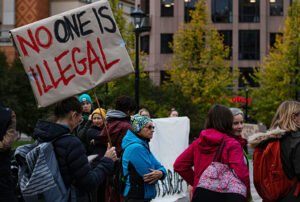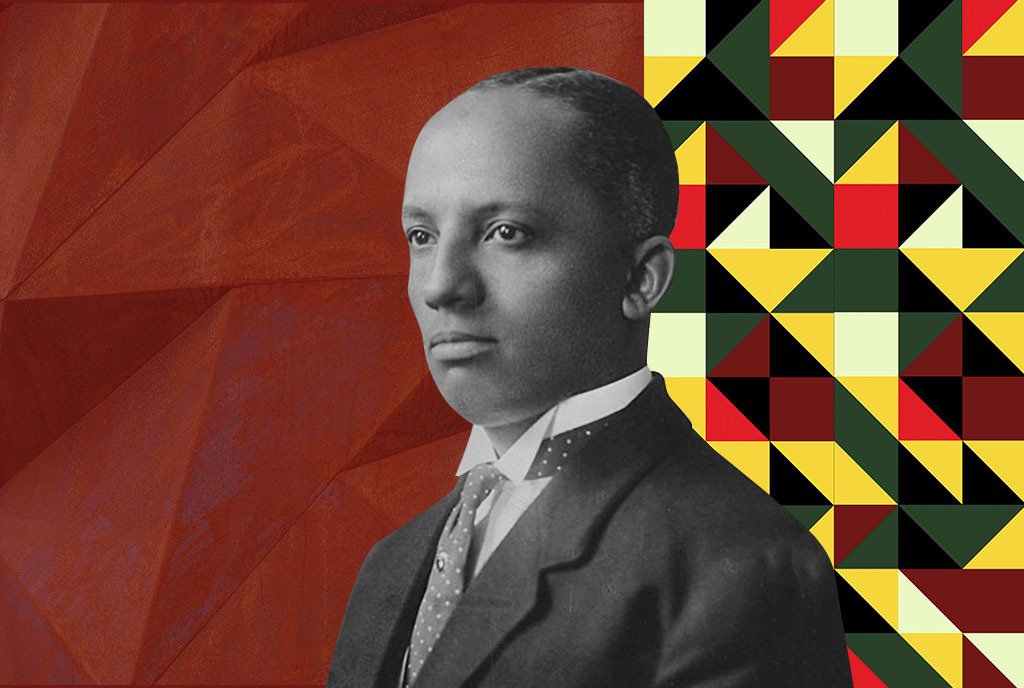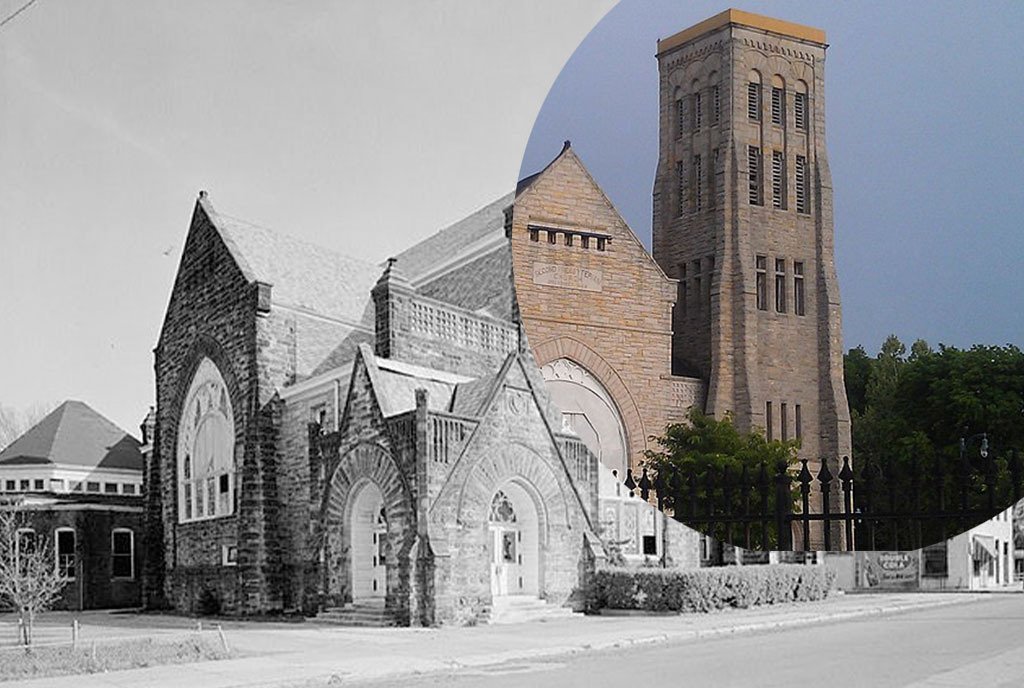
This is the second installment in a series for NPQ based on excerpts from Shawn Ginwright’s new book, The Four Pivots: Reimagining Justice, Reimagining Ourselves. Read the first feature, “Healing-Centered Leadership: A Path to Transformation,” here.
I grew up in a working-class Black neighborhood in Southern California. My summers were spent playing hide and go seek and football on asphalt streets. I wore Tuff Skins jeans with holes from which my knee would poke when I ran. After playing with my friends, we would return to one of their homes to listen to the magical music of Funkadelic. I didn’t know then that the group’s futuristic soul would have an indelible impact on me and my work in Black communities even to this day. The music was a funky portal to Black possibilities where I could dream about my future and imagine my life. As lyrics like “One nation under a groove, getting down just for the funk of it… nothing can stop us now” soaked into our souls, my friends and I would make up fantastic stories about our superpowers. These phrases showed me a Black future and pointed me toward a vision of possibilities for my work.
It wasn’t until I created a nonprofit organization that I realized that my vision of a Black future wasn’t widely shared by others. I learned early on that in order to secure funding and raise money from donors, I couldn’t simply share with them my dream of creating healing sanctuaries for Black youth. I couldn’t write about the significance of Black joy in funding proposals, nor could I share my vision of hope and love as an intervention to the many challenges Black youth confronted. So, instead, I learned how to highlight problems in the Black community where I worked, rather than lifting up its assets.
The tendency for Black nonprofit leaders to identify challenges in Black communities rather than highlight and build upon Black communities’ assets is one of the greatest threats to Black nonprofit organizations. Often, Black led nonprofit organizations aren’t afforded space for innovation and imagining new solutions to old challenges. While philanthropy encourages innovation and risk taking for white-led organizations, Black organizations are often relegated to the restrictive confines of crisis management and addressing problems, not innovating. Thank God for Funkadelic’s music because, without it, I may have never curated a vision to see beyond the restrictive confines of white supremacy that frequently shape philanthropy today.
Often white supremacy shows up in philanthropy as missionary-like efforts designed to “save” broken and dysfunctional Black communities. While addressing problems such as youth violence is significant and important, this savior tendency in philanthropy has strangled black innovation and suffocated Black power building. There is an underlying logic in philanthropy that says, “show us how big and bad the problem is for Black folks, and how you plan to solve it.” While evidence of progress and effectiveness is important, the scope, scale, and history of issues like violence, poverty, and food security in Black communities requires deeper thinking, innovative action, and moral and ethical decision making, all of which are ingredients for deep systems change.
Over time, the tendency to focus on problems influenced how I defined my work and even shaped how I talked about Black communities—as problems to be solved. White supremacy leads Black nonprofit leaders into the seductive trap of what Trista Harris, author of Future Good, How to Use Futurism to Save the World, calls “problem loving.” Harris defines problem loving as the tendency for Black nonprofit leaders to assume that awareness of the problem is the same as solving it. We are often trained to clearly articulate the problems in Black communities. The myth of problem loving is that knowledge of the problem is all we need to solve it. We think we can fix the problem by simply showing and pointing out how bad the problem is!
I recall conducting a training with school district principals about the racial differences in academic outcomes among their students. I had prepared my PowerPoint with slide after slide of evidence that proved there were dramatic differences in performance across racial groups in their schools. I had them break out into small groups to discuss the data that I had proudly presented. When they returned to the large group, one of the principals asked me a simple question: “Can you provide us with some solutions to these racial disparities in academic outcomes?” I had convinced myself that my job was simply to illustrate the problem they had in the district; I hadn’t considered the possibility of providing solutions. As a result, the question puzzled me, because my assumption was that once they understood how significant the racial disparities were in their schools, the principals and teachers would come up with solutions on their own.
I was wrong.
White Supremacy—The Root of Problem Loving
The problem with “problem loving” is that Black nonprofit organizations aren’t given the space to dream of new and innovative solutions to many of the problems Black communities face. This is of course by design, and it’s how white supremacy works! The conditions of oppression and the challenges of everyday life force Black nonprofit leaders into daily survival mode and ongoing crisis management. Working in survival mode, combined with persistent work frenzy, renders our imaginations inert. As such, Black nonprofit leaders rarely have the space to imagine and create new solutions to persistent challenges. No fundamental change has ever come from problem fixing. When we focus on fixing problems, we only reform and repair systems, institutions, and social relationships. There is no radical transformation.
Black nonprofit leaders need more space to innovate, more time to dream, and more opportunities to fail. Innovation, dreaming, and imagining (that is, Black future thinking), are not new to our work for freedom and justice. Take, for instance, enslaved Africans whose visions of freedom drove the Underground Railroad. Their profound capacity to dream of freedom even when enslaved conjured something more than abolition of slavery. Freedom was for them, as it is for us now, a total transformation of society involving…new social relationships, new ways of living and interacting, new attitudes toward work and leisure and community.1 All of this comes from developing a clear picture of a Black future.
Clarity about a Black future forces leaders to dream, imagine, and discover while we also address problems, prevent suffering, and fight for inclusion. Strong Black organizations will need to take a lesson from Funkadelic, and lean into the funk, the bold imagining of a possible Black future. These organizations will need to indulge in a profound Black imagination and Afro-dreaming of what our communities should be, thereby expanding the terrain of possible solutions to the challenges Black communities are currently facing.
Sign up for our free newsletters
Subscribe to NPQ's newsletters to have our top stories delivered directly to your inbox.
By signing up, you agree to our privacy policy and terms of use, and to receive messages from NPQ and our partners.
The Funk and Black Future Thinking
Creating Black futures will involve new ways of thinking about solving old problems. Innovation and Black future thinking is rooted in ancestral knowledge and indigenous wisdom; it wasn’t created in the technology companies of Silicon Valley. Innovation and Black future thinking can also emerge out of the necessity to cure sickness without medical care or out of trying to provide access to healthy food in a food desert. As Black nonprofit leaders, our job is to lean into the practice of Black future thinking and action in order to strive for the future we want. This is difficult work, given the urgency, scarcity of resources, and limited time. However, if we are in the business of making deep change, we must transform what we believe is possible. It’s really the only way. We have to recognize how oppression limits our vision and predetermines our actions—and approach our work in a different way.
Not long ago, I was conducting a training with a group of Black-led nonprofit organizations in a medium-sized city in the Midwest. The leaders within these organizations hadn’t worked well together in years, and in fact there was a great deal of distrust among them. The executive directors didn’t trust the largest funder in the city, and the funder had lost trust in some of the leaders. Many of the organizations battled over the scant resources the foundation provided, leaving them underfunded and distrustful of one another. So, when the foundation and one of the community organizations asked me to help facilitate a healing process to restore trust and create a collaborative process for the group of nonprofits, I jumped at the opportunity.
During our first community meeting I listened to residents raise concerns about the police and to many Black nonprofit leaders who talked about the lack of funding they were receiving to support their work in the neighborhood. After the meeting, people pulled me to the side for a series of one-on-one conversations about why I shouldn’t trust a particular person in the community, or why it was going to be impossible to do anything collaboratively. “Nothing you do will work here, Dr. Ginwright,” they said, “people just can’t see another way to work.” Some said to me, “this community has a lot of trauma, and the trauma created a lot of hurt and distrust among some of the leaders here.” They listed reasons why working together was impossible, highlighting past failed attempts to restore community trust and collaboration. The group was entirely focused on problem loving—rather than Black future thinking—because of the deep wounds of the past, and they offered clear and compelling reasons for why the collaborative effort would fail.
The truth is that the leaders of these organizations were struggling with small budgets, were stressed from a litany of community problems, and were frustrated by an inability to have a significant collective impact in the neighborhood. Conditions of oppression had limited their ability to see anything outside of the daily survival to which they had become accustomed. There was no evidence, in their experience, that they could work together collaboratively towards a common vision.
While the significance of the problem was important, the group also needed to pivot from problem loving to Black future thinking. It was really hard at first because the harm was so deep that problem loving had become the only way they knew how to work together. We used a few practices to help the group lean into Black future thinking and introduced tools to help the group understand when they slipped into problem loving and how to get back to thinking about, envisioning, and planning for a compelling Black future in their community.
After nearly two years of working with the group, participants began to heal their wounded relationships, established a common vision for their community, and began to imagine advocating for and creating a city tax that would create a designated pool of funding for their collective work. Together, the group shared a vision of a way to work that could redefine their collective efforts. The leaders had a vision, and it was not simply to improve their community: they transformed how they showed up for each other and cultivated a sense of freedom to work together differently.
Building A Black Future
Creating a Black future and building new solutions to deep-seated challenges is the most important work of Black-led organizations moving forward. Building a Black future will require foundations to open space for Black leaders to convene—not just to work, but to reflect and dream. This future will require philanthropy to invest greater risk capital into Black-led efforts. It will also require Black-led organizations to create reflection time during which we intentionally pull out of the frenzy of the work week in order to connect, learn, and imagine together. Building a Black future isn’t always easy, and from time to time, I, too, fall into the trap of losing my Black future perspective, focusing instead on problems we face in Black communities. A pivot away from focusing on problems is not easy, yet it is worthwhile if we want to build stronger Black organizations that can transform Black community life. More importantly, when we begin to pivot to building on Black communities’ assets, we are creating and affirming a Black future. This is exactly what I learned while listening to Funkadelic as a young person. It is important that Black nonprofit leaders see the future, despite how far off it might seem, and courageously move toward that vision while basking in Black joy during the journey.
A pivot to possibility means that we have to cultivate another outlook where we can see each other, even if we don’t agree. The greatest challenge before us is not simply a political or economic one, but rather, it is failing to collectively imagine the future we want. A pivot to Black future thinking is not a panacea to heal the wounds from the legacy of America’s racial trauma, nor will it resolve continued harm caused by economic inequality. Yet, we have to all want something better for ourselves, our communities, and the world.
As I once heard someone say, if we want something we’ve never seen, we have to do something we’ve never tried.
Notes
- Adapted from Robin Kelley’s Freedom Dreams: The Black Radical Imagination (Penguin, 2003).












